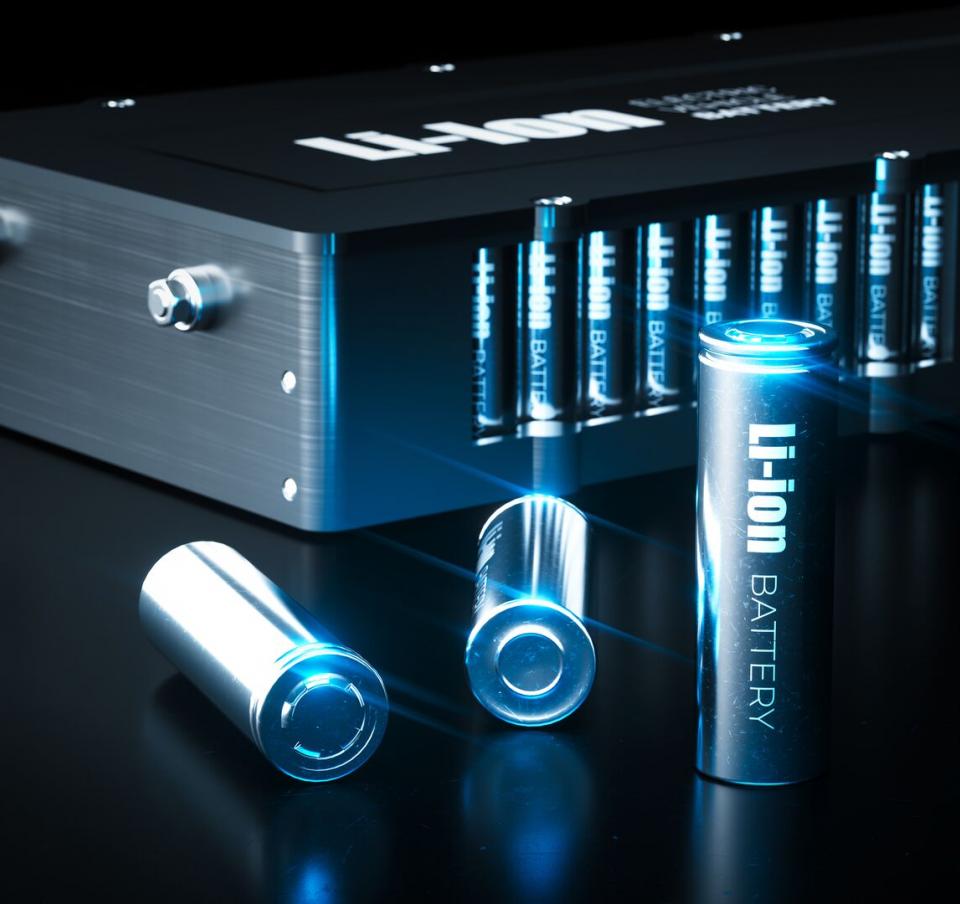In my previous blog I explained that in order for me to choose an EV as my next car, it would have to be safe, comfortable, reliable and affordable. And I am not the only one. Studies show that the main elements on which an EV is judged are: range, charging time, availability of charging points, safety and affordability. Obviously, most of these factors are influenced by the way the EV is designed. But EV design is often a balancing act where it is practically impossible to reach the optimum on all aspects.
A car manufacturer should therefore be focused on improvements that have the largest impact on overall performance. The battery and how it is integrated has the most obvious impact on the performance, cost and safety of the vehicle. Car batteries are heavy and contain huge amounts of energy to power the vehicle. That is when the energy is contained and released in a controlled manner. When it is not, it has the potential to cause trouble. So battery safety is of crucial importance, but overall vehicle performance is too. How do designers ensure that optimal performance is achieved?
Judging from my experience in the field so far, I find that EVs are generally not yet optimised to their full potential. Because of the speed at which the developments have had to be made, there has been little time to take a holistic approach to the design of the vehicles. This has naturally led to sub-optimisations. The result: EVs that are obviously safe (enough) and have good overall performance, but are often still too heavy and too costly. Based on the insights that I have gained over the past year I’m sure that car manufacturers will be able to optimise their next generation EVs and that cars will become better, safer and more cost-effective.
Let’s have a more detailed look at the current state, and some of the options that a consumer can choose from. In the table below you will see that I have scored a number of different EVs that are currently on the market at a price level between €40,000 and €50,000 (i.e. mid-range vehicles with battery capacity of 50 to 60 kWh). In order to arrive at these scores I have looked at public information about speed, acceleration, dimensions, weight, range etc., and categorised these properties under the factors that I find important in an EV. Subsequently, I have scored the performance between 1 and 5, with 5 being the best performance.
I will not go into too much detail, but there are a few interesting observations that can be made from the analysis.
- It is clear that none of the options show a perfect score. The ones that have better performance also tend to have a higher price and vice versa, meaning that making a choice will always be a trade-off and a matter of preference.
- There is little difference in the range of the vehicles. But on the other hand there is quite a difference in driving efficiency. Apparently poorer efficiency is compensated by larger battery capacity in order to get the range to an acceptable level, but this affects both the weight (and hence the efficiency) and the price of the vehicle.
- The difference in charging performance is particularly marked when fast-charging capability is taken into account. The highest score of 5 is achieved by a car that is equipped with 800V, allowing the battery to be charged from 10 to 80% in just under 20 minutes.
- The scores on ‘space’ have been determined based on the equivalent volume of the vehicles (LxWxH) in combination with the wheelbase. Longer wheelbase provides more space to the passengers, making the car more comfortable. Here I have found that the SUV-type vehicles, especially the ones with the longer wheelbase, give the best result.
- Safety (i.e. crash and battery) has been difficult to judge, but I decided to give each vehicle a score of 3. I am not convinced that the safety of the battery system is yet at the appropriate level because there is not a lot of regulation in place and the development of these systems is basically just starting.
So, considering all the pros and cons, what choice would I make? Judging from this simple analysis which option would best fit my requirements? My current choice would probably be SUV 2. The vehicle generally shows good performance, without any big disadvantages, and is reasonably priced.
However, were I also to consider the engineering and material choices, I might be led to a different conclusion. Knowing about the engineering choices that have been made tells you about the true sustainability of the vehicle, how inherently safe it is and how cost-effectively it was constructed. To me these are truly important factors to take into account when making my final choice. Considering how important the battery system is, not only for the performance of the vehicle, but also its price, and the environmental footprint, I would like my next car to be made with the best possible technologies currently available on the market. This would naturally bring me to new questions like: “What is the energy density and specific energy of the system?”, “What materials are used for the battery cells, the pack and the crash protection structures?” and “Is the system properly integrated into the body-in-white?”.
>> Return to the main Automotive blogs page





































































































































































































































